Cambridge History |
|
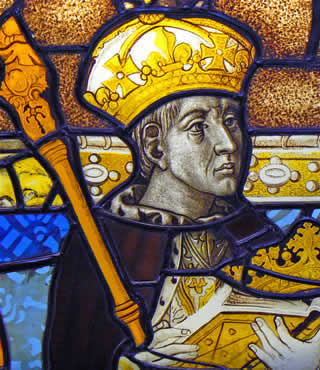 |
|||
A truly historic place that existed even before the Roman Empire |
|||||||||||
Listen to this article |
|||||||||||
|
|||||||||||
Cambridge truly is a historic place, with a settlement existing here even before the Roman Empire. Hunting weapons were found here, dating from the Late Bronze Age – which could be from as early as 1000 BC. The first major town however, came with the domineering Romans in AD 40. They settled north of the River Cam, on Castlehill. |
|||||||||||
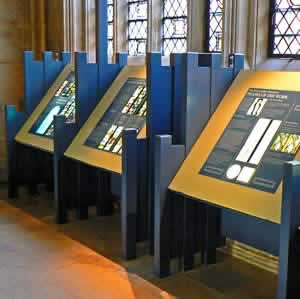 Some of Cambridge's early history is on display in the Chapel Museum, King's College Chapel |
|||||||||||
There was a period of decline for Cambridge during Saxon times, when the town was called Grantabrycge. However the Saxons did build St Benedict’s church, known as St Benet's. The tower of this building stands proudly now as the oldest building in Cambridge. Fortunes picked up during the occupation of the Vikings, with their incessant trading habits. An actual Castle was built on Castlehill in 1068, giving it its name, yet all that’s left of it is the castle mound, which you can find in the grounds of Shire Hall. |
|||||||||||
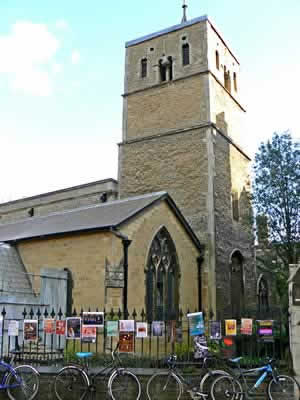 The Anglo Saxon church of St Benet's, thought to have been built in 1025 |
|||||||||||
|
|||||||||||
When the Normans were in Cambridge the Church of the Holy Sepulchre, known by the locals as the Round Church, was built by the Knights Templar. What you may not know is that this is one of only four round Norman churches in the whole of the country. |
|||||||||||
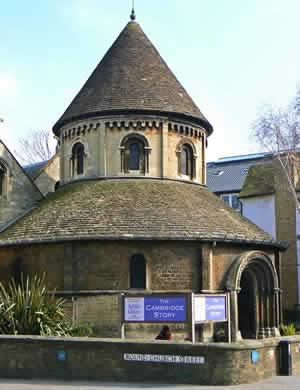 The Round Church, the oldest of 4 round churches remaining in Britain |
|||||||||||
Another time of decline followed through the 17th and 18th centuries, when no colleges were formed at the University, which has been in Cambridge since 1209. However, the later Victorian years heralded a new era of increasing affluence. |
|||||||||||
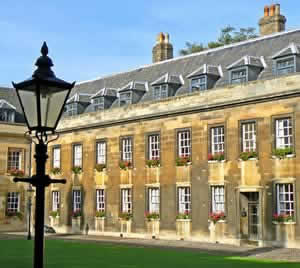 Part of Peterhouse College, the oldest college, founded in 1284, although Cambridge University itself was founded in 1209 |
|||||||||||
It was then that the University became a centre of scientific research for scholars all over Europe. The Cavendish Laboratories and the Downing Site were built, and ever since then Cambridge has been known as it is now - as one of the best academic hubs in the world. Today, Cambridge also houses an area known as the Silicon Fen, or you may have heard it called ‘The Cambridge Phenomenon’. It is an incredibly active and successful business venture, reportedly with around 250 start-up companies, worth around 6 billion US dollars. |
|||||||||||
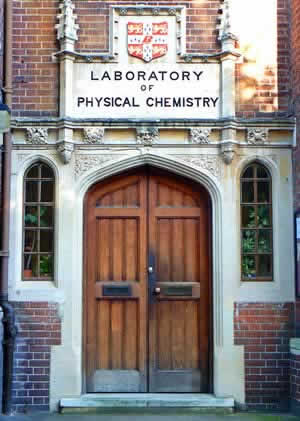 The Cavendish Laboratory, where the electron was first discovered in 1897 |
|||||||||||
|
|||||||||||
Make sure you get to see some of the key buildings in Cambridge's history - St Benet's Church, the Round Church, Peterhouse College and King's College Chapel. |
|||||||||||
Cambridge Tourist Information Centre, Peas Hill, Cambridge, CB2 3AD. Tel: 0871 226 8006 |
|||||||||||
|
Pocket Britain is optimised for use on a smartphone or tablet with internet access. All content is subject to copyright. All reasonable methods have been used to ensure information supplied is accurate at the time of publication. However, it is advisable to check information before relying on it. Privacy Policy |